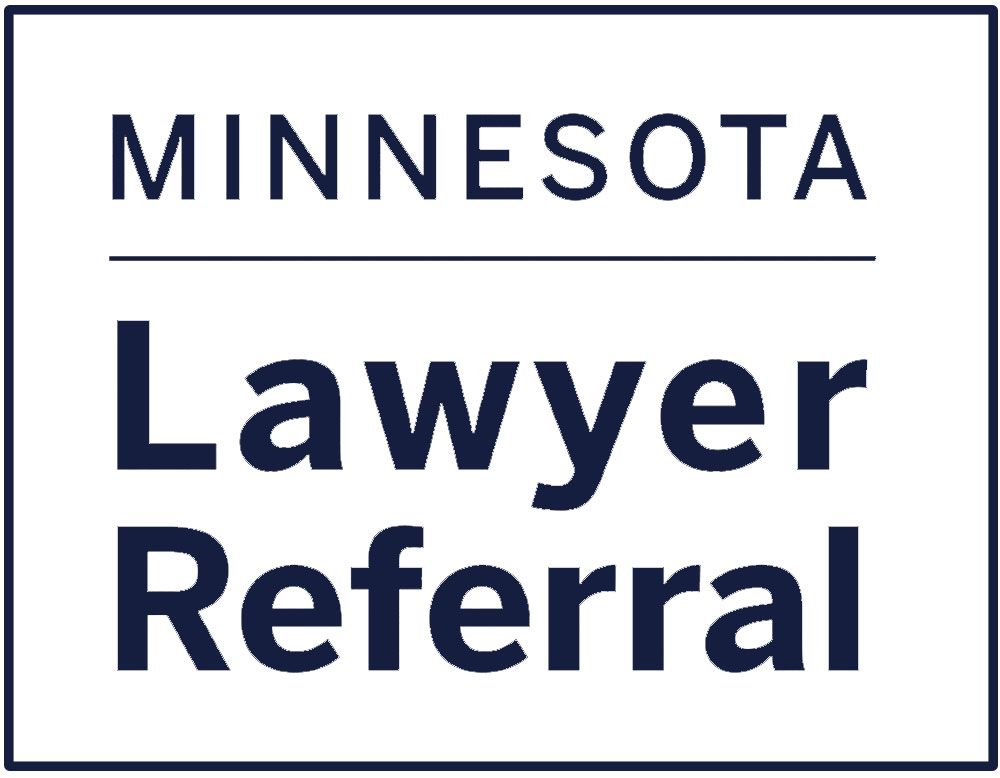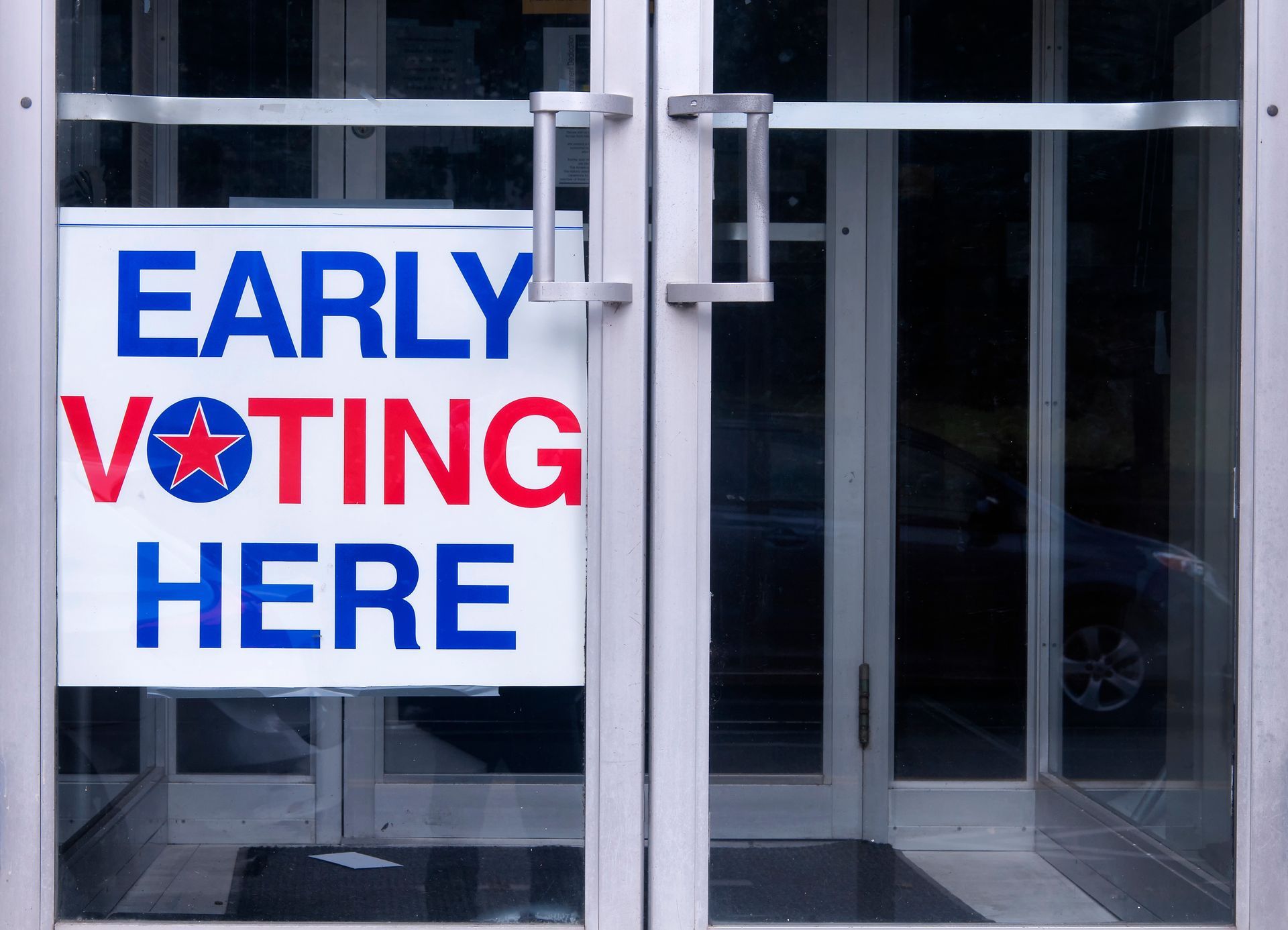Have you invented something novel and useful and are looking to sell it on the market? Before you do, you may want to protect your innovation by getting a patent. Although you can still sell your product without a patent, obtaining patent rights prevents others from recreating, using, selling and claiming your invention as their own.
The idea of obtaining a patent can be daunting, but the process is much easier when you work with an experienced patent attorney. A patent lawyer can help you figure out if your idea is unique and file a valid patent application.
What Is a Patent?
When you invent something, a patent gives you exclusive right to claim that invention as yours. In other words, only you can use, sell or allow others to use your innovative product or idea. You essentially have total control over who can and can’t use your patented invention for commercial purposes.
In the United States, patents are issued by the United States Patent and Trademark Office (USPTO). Patents issued by the USPTO give inventors 20 years of legal property rights to their invention.
What Are the Different Types of Patents?
Currently, the USPTO issues three types of patents:
- Utility patents: Are granted for products and processes
- Design patents: Are granted for ornamental designs
- Plant patents: Are granted for new types of plants
As long as your invention falls into one of these three categories, does what it’s supposed to do and hasn’t been already patented by someone else, you’re likely to obtain your patent.
Why You Need a Patent
Although patenting your invention is optional, there are several benefits to acquiring one. If you’ve invented a unique device or technology, you should consider applying for a patent with the USPTO and take advantage of the major benefits that come with patenting your product. When you have sole legal rights to your invention, you can:
- Increase profits: A patented product is easier to sell and can generate millions of dollars if you market it correctly.
- Eliminate competition: Since you have the sole right to your product, you don’t have to compete against others and can become a trusted trailblazer and expert in your field.
- Attract inventors: You can secure funding for your invention by pitching your product to investors without having to worry that someone you’re sharing information with may steal your idea.
- Increase company valuation: A patent can increase your company’s intellectual property and boost its overall value.
How to Obtain a Patent
There are several steps you’ll need to complete before you can obtain a USPTO-granted patent for your invention:
- Y our invention needs to be patentable: By doing a worldwide patentability search, you can determine if your invention is in fact novel and can be patented. An experienced patent attorney can help you do an in-depth search based on the type of product you’re looking to patent.
- Adhere to the deadline: In the United States, if you’ve disclosed, sold or offered your invention for sale, you have a one-year grace period to file a patent application before your patent rights are gone.
- Make sure you own the invention: If your invention is related to your job, your employer may be the legal owner of the invention. Have your lawyer look at your employment agreement to ensure the employer doesn’t have rights to your product.
- Determine the eligibility of your idea: You’ll need to showcase your idea and prove it’s actually novel and worthy of a patent. An attorney will likely be able to tell if your invention is eligible for a patent.
- Submit your patent application : You’ll need to submit a detailed description of your idea along with a Patent Application Declaration, which states you are the inventor.
Are You Looking to Patent Your Latest Invention?
Before you spend a lot of time and money trying to obtain a patent for your intellectual property , it may be beneficial to have an experienced patent lawyer help determine the eligibility of your idea.
If you’d like to speak to a Minneapolis–St. Paul patent attorney but you’re not sure where to start, contact the Minnesota Lawyer Referral and Information Service (MNLRIS) for assistance. Our team of referral counsels can help you get in touch with a vetted, local intellectual property attorney. For more information, call (612) 752-6699.
The post Patents 101: Everything to Know About Patents and Your Protection first appeared on Minnesota Lawyer Referral and Information Service.




